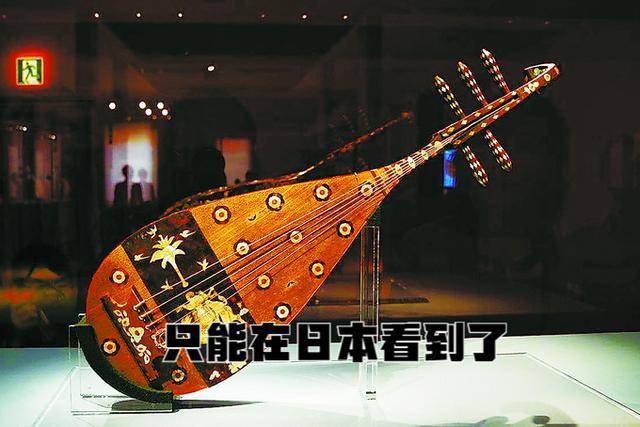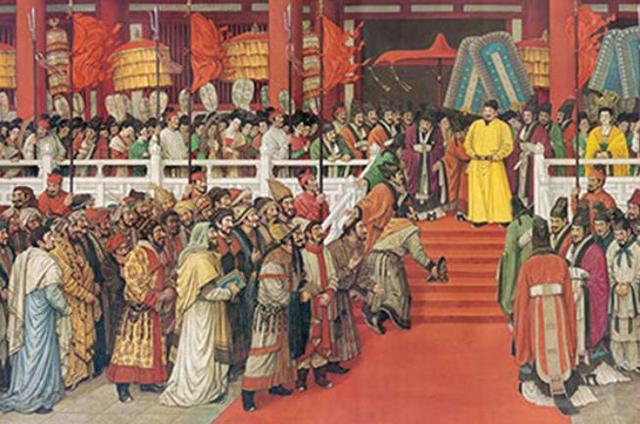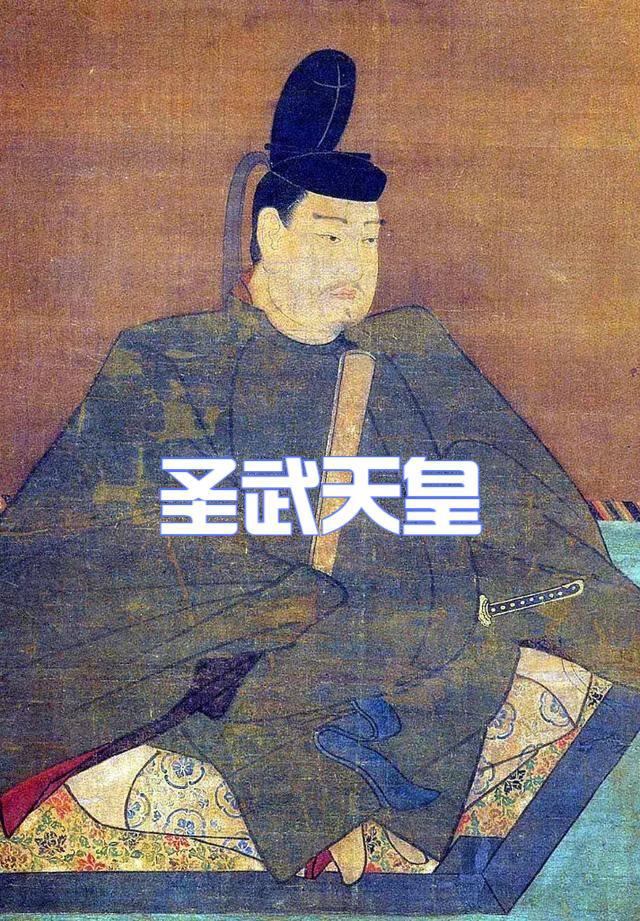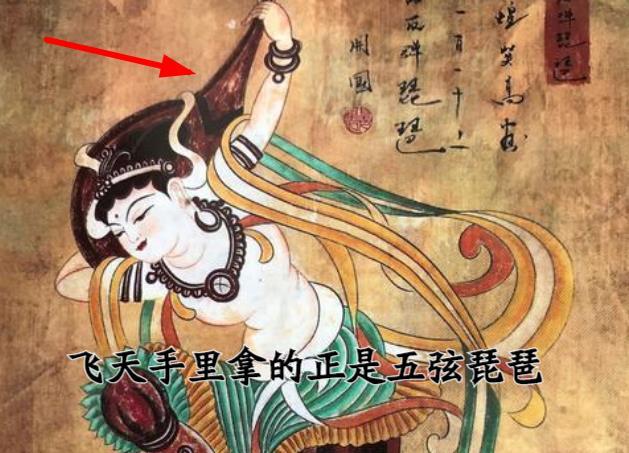An orphan that has been handed down from time to time but collected by Japan - the five-stringed lute
258 views · Organized by 爱在西元 on 2022-03-01
Pipa is a very traditional musical instrument in my country. Pipa can be found in many of our literary works and unearthed cultural relics. Until today, for many friends who learn musical instruments, Pipa is also one of the most popular music in folk music. an important instrument.
And the pipa we are going to talk about next is an indelible regret or unwillingness in the hearts of our people. This is the Luodian red sandalwood five-string pipa, a cultural relic from the Tang Dynasty in my country, and the only pipa with five strings left in the world.
And the pipa we are going to talk about next is an indelible regret or unwillingness in the hearts of our people. This is the Luodian red sandalwood five-string pipa, a cultural relic from the Tang Dynasty in my country, and the only pipa with five strings left in the world.




Involving musical instruments
The five-stringed pipa (pinyin wǔ xián pí pá) is an ancient Chinese plucked stringed musical instrument. Referred to as "five strings". The five-stringed pipa has a long history and unique shape. It was popular in the vast Central Plains of my country during the Tang Dynasty, and spread to Japan, becoming a historical witness of Sino-Japanese cultural exchanges.
Guess you like
Organized by 夜夜 on 2022-03-21
A concert that links the tradition, the present and the future. You open the door of the theater and walk into the music hall filled with youth. The melody of Chinese music and the second dimension is perfectly intertwined and hovering above the theater dome.
read >>
Organized by 一杯清酒 on 2022-03-18
This pipa, which has been passed down for thousands of years, was only displayed because of the handover of the throne; it is also a cultural relic from China, which has witnessed the unique cultural relationship between China and Japan.
read >>
Organized by Fucui on 2022-02-25
Pipa is one of the main national musical instruments in my country and one of the most artistically expressive plucked instruments.
read >>
Organized by 爱在西元 on 2022-02-25
Pipa can be divided into five-string Pipa and four-string Pipa. At present, there are very few people who play the five-stringed lute, and most people choose to play the four-stringed lute. So, what are the differences between the five-stringed pipa and the four-stringed pipa?
read >>
Organized by 线性代数 on 2022-02-09
The five-stringed pipa is an ancient Chinese plucked stringed musical instrument. Referred to as "five strings". The Chinese five-stringed pipa has a long history and unique shape. It was popular in the vast Central Plains of China during the Tang Dynasty, and spread eastward to Japan, becoming a historical witness of Sino-Japanese cultural exchanges.
read >>
 渝公网安备 50010702504639号
渝公网安备 50010702504639号